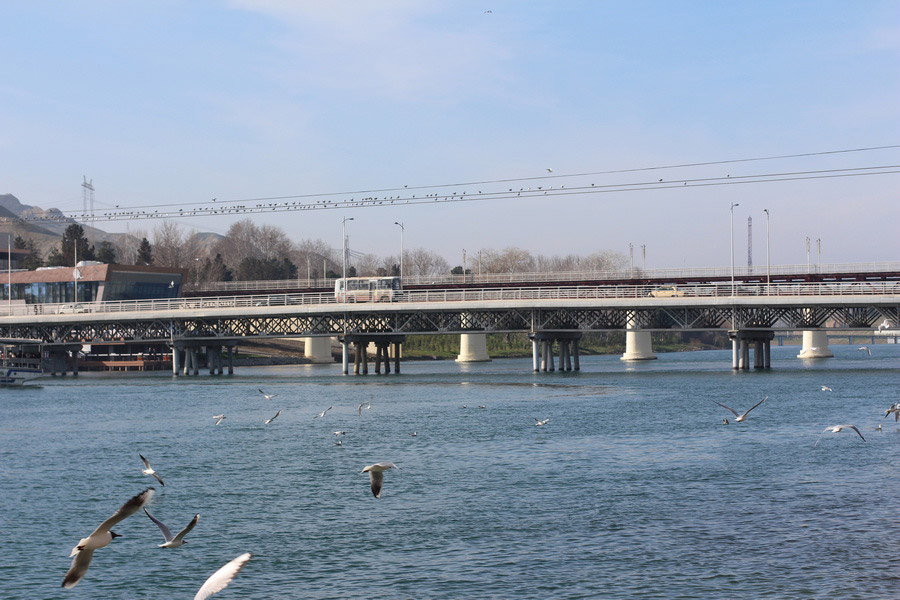Geography of Azerbaijan

Information about Azerbaijan geography
Azerbaijan is situated at the junction of Europe and Asia, and borders upon Georgia, Russia, Iran, Armenia and Turkey. From the east, the territory of the country is washed by the Caspian Sea. The mountains of the Caucasus and Talysh, which are crossed by fertile valleys, make up more than half of the territory of the country. Along with steppes and sparse vegetation in the mountains are vast shaded forests. Up to 1,250 large and small rivers flow through Azerbaijan. The biggest are the Kura River (1,515 km) and Araz River (1,072 km).
The real jewels among Azerbaijan's natural treasures are its mountain lakes. The Batabat, the Goygol, the Maralgol and other lakes possess a unique and distinctive beauty. There are more than 1,000 mineral springs (the most famous of which are Badamli, Istisu, and Sirab). The plant and animal life of Azerbaijan is rich and diverse. More than 4,000 species of plants grow here, including many native varieties, as well as more than 1,200 types of animals and birds: bear, lynx, wolf, Caucasian goat, jeyran, deer, turaj, pheasants, flamingo, pelicans and countless others.
White sturgeon, salmon, kutum, and stellate sturgeon are found in the Caspian Sea and in the mouths of the rivers flowing into it. The climate is transitional, from temperate to sub-tropical. The average temperature here in July ranges from +5°C in Alpine regions to +27°C in low-lying areas, and in January accordingly from -10°C to +3°C. Precipitation varies from 200 mm in Absheron to 1,200-1,700 mm in the Lankaran valley. Strong winds occur very frequently, especially in autumn.
